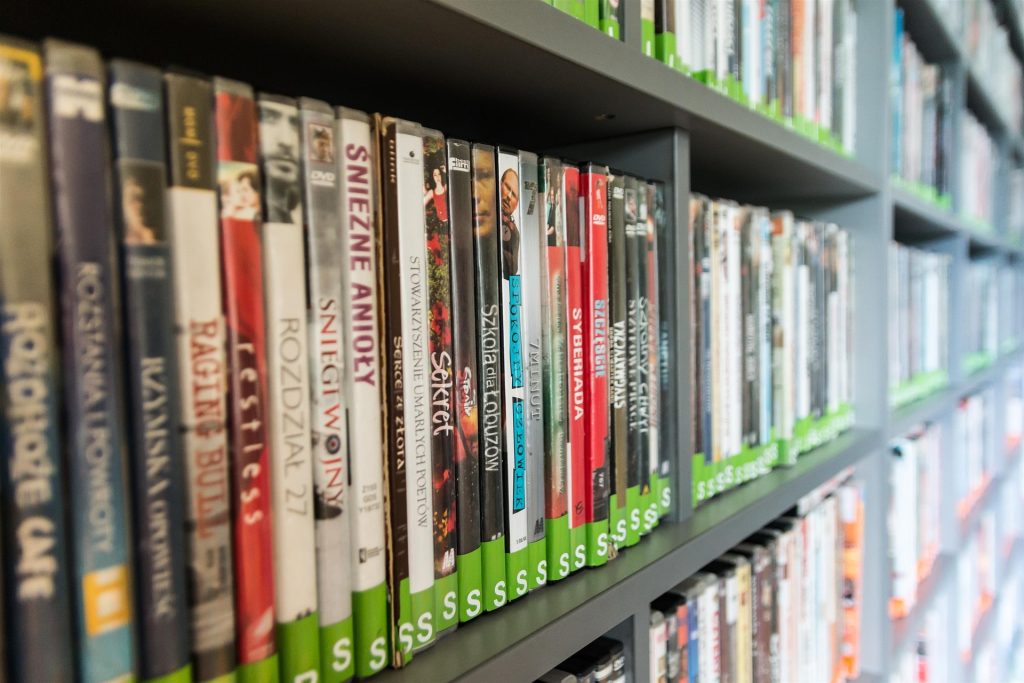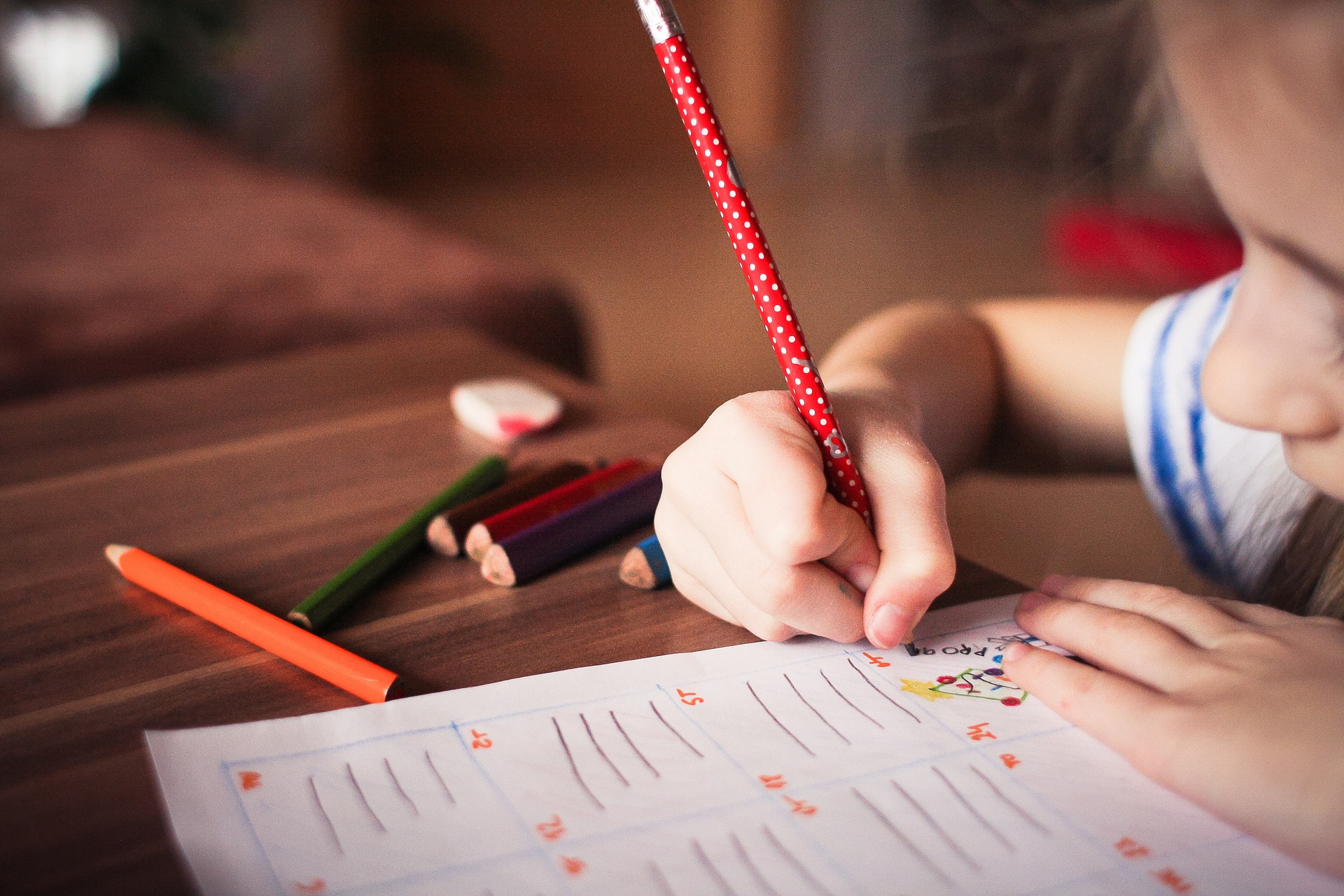It’s no secret that the current education system is in need of a major overhaul. But how can education be revolutionized? One way is through film and cinema. So put aside your 22Bet Login for a moment and let’s get into the details of filmmaking in education and vice versa.
Film and cinema can be used to educate people in a variety of ways. For example, films can be used to teach about history, science, and even current events. They can be used to inspire people to learn more about a certain subject. A film about a famous scientist can inspire someone to become a scientist themselves.
Furthermore, films can be used to engage people in critical thinking and promote critical thinking skills. A feature about a controversial topic can start a discussion about that topic, and people can learn to think critically about it. In addition, films can be used to teach people how to think for themselves and make their own decisions.
Finally, films can be used to connect people with each other. A movie about a current event can help people connect with each other and discuss the event. Even so, films can be used to create a community of learners who can support and inspire each other.
All in all, film and cinema have the potential to revolutionize education. They can be used to teach people in a variety of ways, engage them in critical thinking, and connect them with each other. If education is to be truly revolutionized, then film and cinema should be used more often.
Many people believe that movies can be a great learning tool. After all, they can provide us with visual images and stories that can be used to teach us about different topics. Moreover, they can also evoke emotions that can help us to understand and empathize with different people and situations.
However, there is also a downside to using movies as a learning tool. First, movies are often inaccurate when it comes to historical events or scientific concepts. Second, they can provide a distorted view of the world, which can lead to misconceptions. Movies can be entertainment first and foremost, which means that they may not provide the most accurate or serious portrayal of a particular topic.
The Role of Movies in Education

In recent years, the role of movies in education has come under scrutiny. Critics argue that movies are a distraction from learning and that they are often used as a replacement for genuine instruction. However, there are also many proponents of using movies in the classroom, who argue that done correctly, movies can be a powerful tool for enhancing student understanding of complex topics.
When used properly, movies can provide students with a context for understanding difficult concepts. They can also serve as a springboard for discussions and further exploration. A movie about the Civil Rights Movement can help students to understand the events that led up to it, the participants involved, and the impact it had on society.
Of course, not all movies are appropriate for the classroom, and care must be taken to select those that will actually be beneficial. In general, the best movies for educational purposes are those that are well-made and thought-provoking, with a strong narrative and interesting characters. Classroom activities that are based around movies can be very successful, but only if the movie is well-chosen and used in an effective way.
